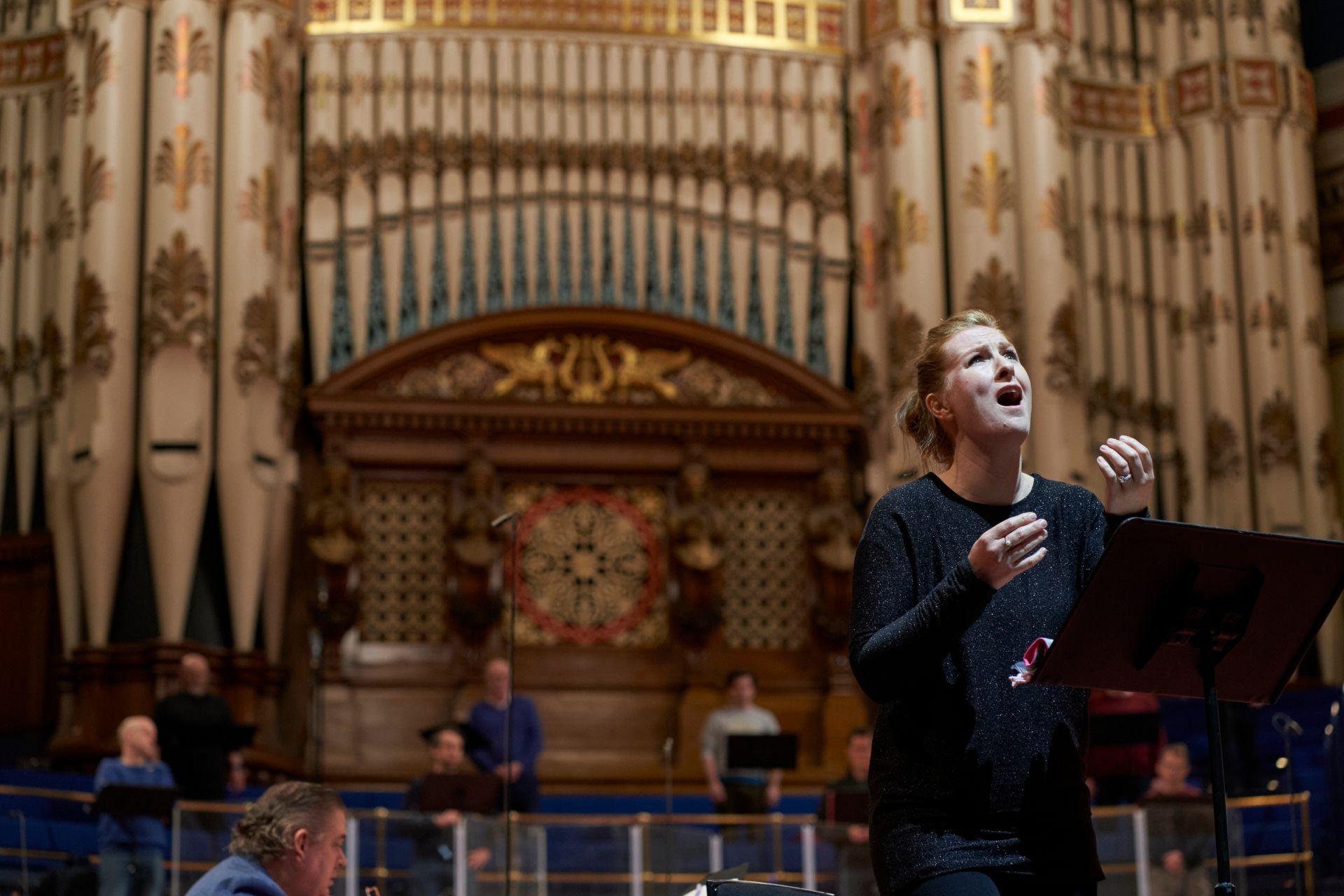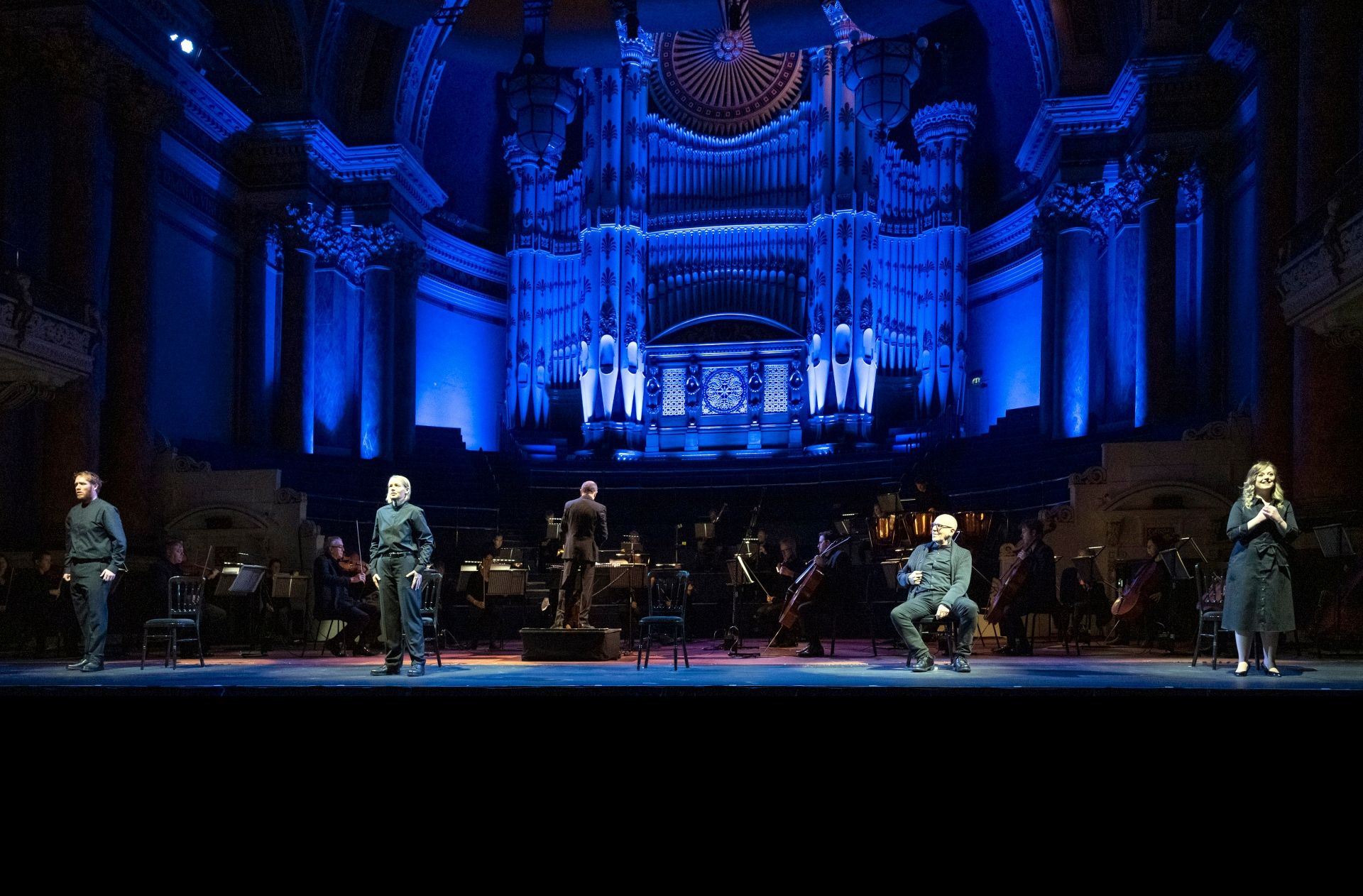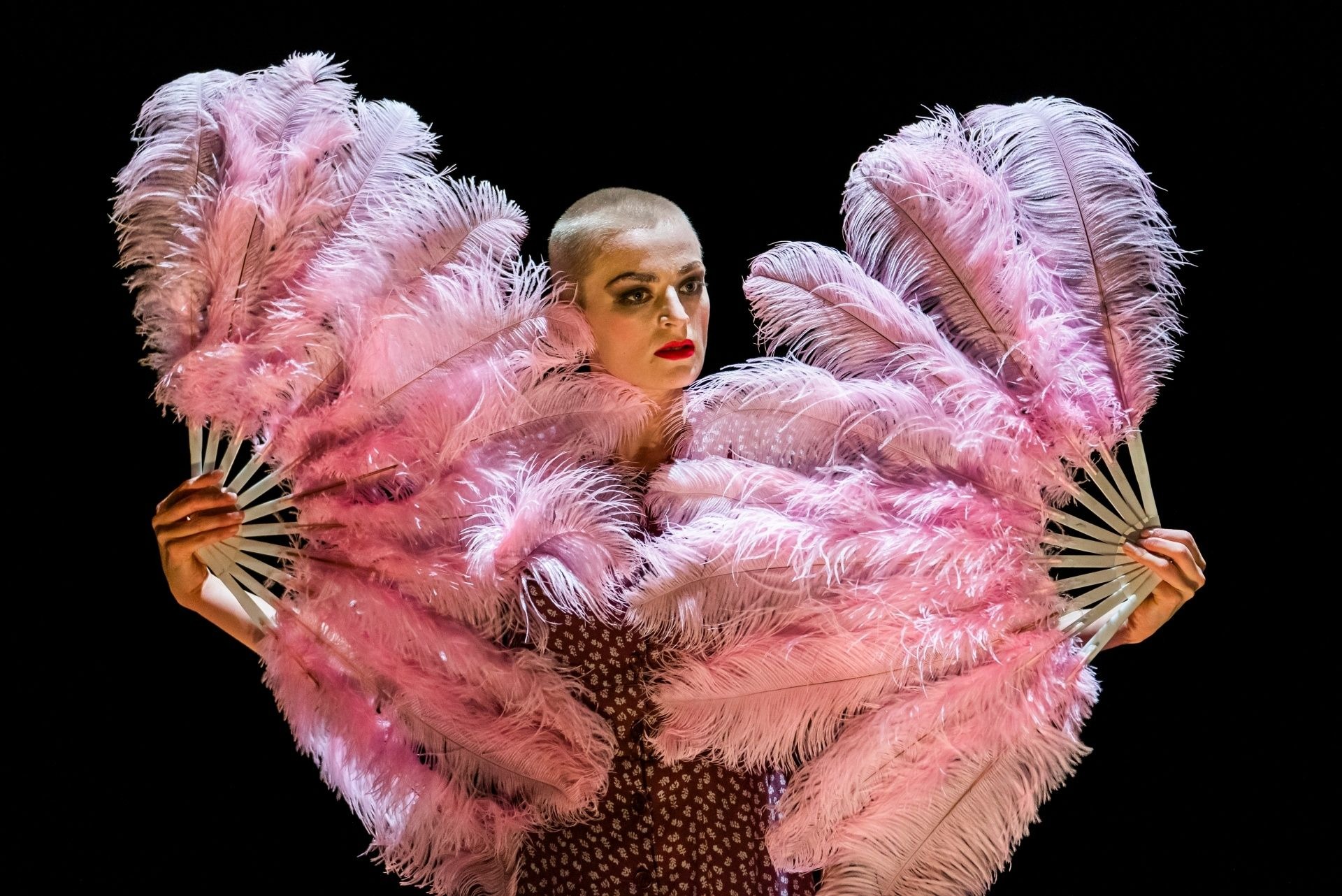A not perfect but deeply impressive concert pleases and shocks in equal measure.
S. Bach, Toccata, Adagio, and Fugue (arr. for piano by Ferruccio Busoni)
The packed house was a very positive sign. Kim walked out and immediately struck the audience as confident and charismatic.
As he launches into the organ-like left-hand octaves of the Bach-Busoni Toccata, the sound is impressive, thunderous. Along with this goes a very sparing use of the pedal, which yields a rather dry, secco sound, which I have not quite heard from any other pianist. This makes a distinctive trait of Kim’s performance throughout the evening. As the piece leaves off the bass and features more counterpoint (the left hand thus being used in the middle register), the playing is more Glenn Gouldian. This is a nice moment of contrast, but very brief. Yet this all too brief moment remains more memorable, I think, than all the fortissimo percussion of this performance of the Toccata.
The Adagio is of course much sweeter and much more reflective. The sound still hesitates to be completely warm and Romantic, however, despite its being obviously very sensitively done. Though full of colour, the palette of this performance remains decidedly cool: it is a world of blues rather than reds, and more of a winter’s tale, than a midsummer night’s dream. Still, the peace begins its conclusion like a dream, and starts to segue into the Fugue, until! the bugger—out of nowhere—gives a subito fortissimo (suddenly very loud) that nearly launches me out of my seat and into the very fine Howard Assembly ceiling with the shock! I check to see whether a hammer, or any other extended technique is now in Kim’s hands, but amazingly, he did it all by his own force. Is this a piano recital, or the running of the bulls? Though an effective bit of stagecraft (something often limited in piano performance), it ultimately comes off as something of a cheap trick, and (more importantly) quite disconnected from the world of the piece.
The Fugue is a lively, dance-like gigue (jig) and, to that end, is somewhat lighter on these absurd bass octaves—at least until later in the piece, as the tedium of the free counterpoint is varied with a thicker texture, at which point it comes as a welcome addition. (And, it should be added, this use of the bass was much more representative of Bach’s use of the organ’s bass pedals, whereas the thunderous octaves belong through and through to late nineteenth-century virtuoso piano writing.) Still, despite some odd exaggerations, the performance seems well received.
Schumann, Humoreske, Opus 20
The piano writing of Schumann (and indeed Busoni) seems to suit Kim’s playing temperament much better than the sorts of musical demands made by Bach. But here, Kim’s propensity for a vast forte or fortissimo was again a problem, though nowhere near as egregious as in the Bach. Fascinatingly, in the score, Schumann frequently writes forte and sforzando (forcibly—which does not mean “loudly”), but never fortissimo. He does, however, write pianissimo: so his dynamic imagination is hardly limited, and we must conclude that he deliberately avoided the louder extremes of the dynamic range. We should also remember that Schumann’s early to mid nineteenth-century piano would have been utterly incapable of the sorts of volumes of today’s Steinways, etc., so that even a fortissimo in 1839 (the year of the Humoreske) would not be terribly loud.
Kim’s choice, then, to play almost absurdly loud, does seem to go against the spirit of Schumann’s piece. Thankfully, however, the playing in almost every other respect was so consummate and brilliant, that the dynamic problems became (mostly) a minor issue, in great contrast to the Bach. The one moment that was a true blotch on the piece was the wonderful section surtitled by Schumann as „mit einigem Pomp“ (with a little/a certain pomp). This part is a perfect example, beginning with a sforzando and a forte. Yet, at a ponderous tempo, it is clear this part does not require an extreme volume. Why then does Kim play it fortississimo, or what would read in the score as fff ?! Apart from this, Schumann’s intelligent and brilliant use of different tempi (and dynamics) is slightly undermined by Kim’s propensity for speed, which makes the reflective adagio sections more like slightly impatient andante. Still, the piece receives a keen applause, and from conversations in the interval, Kim seems to be quite warmly received.
Debussy, Suite bergamasque
The Debussy is perhaps the highlight of the night. There is no opportunity in the thin, sparse, and unfailingly beautiful textures of the great Suite bergamasque for Kim to reinterpret Debussy’s opening forte and sforzando of the Prélude, for example, as louder than they are—or indeed than they can be. The Prélude to the Suite is really a highlight of the evening: Kim’s extremely agile hands deal the semiquaver and demisemiquaver passages with great ease and gracefulness, and all the voices are clear. The next movement, the Menuet, is stranger: not a menuet at all, really, except in name and time signature, and altogether too busy to enjoy the dance-like simplicity of, say, Haydn’s best minuets. Kim, again, deals with the rapid runs with devastating ease, but fails in the difficult—or perhaps impossible—task of bringing out the dance rhythm of the piece.
Next comes the third movement, the famous Clair de lune. Here Kim shines his brightest, and shows what he can do with very few notes. The piece glistens, is profoundly colourful and various in its brief span, and the soprano line sings flawlessly throughout. The piece concludes with the lovely if inaptly titled Passepied (being in duple rather than triple time; indeed it was originally titled Pavane). Nevertheless, the piece is a great one, no matter how awkwardly it fits (or fails to fit) its generic classifications, and a perfect conclusion to the great Suite. Once again Kim makes the simplicity of the texture sound positively orchestral and lush in his interpretation, and there are no criticisms to be made here for tempo or volume—very fine.
Brahms, Variations and Fugue on a Theme from Handel, Opus 24
Although far from as beautiful as Debussy’s Suite, this piece is a fit culmination and high point of the evening. Here Kim’s boisterous but (sonically) dry playing is very well suited to the extremely dense material of Brahms’ youthful composition. There are plenty of rapid demisemiquavers and thick harmonies, all of which Kim executes with dazzling expertise. It is a great pleasure to hear his treatment of the inner voices and chromatic outer voices in what is, to my mind, the finest variation of the set, No. 20. However, I must say that both the piece and the performer were altogether too boisterous for this reviewer’s taste: but the choice of piece is well made as a rousing conclusion to the concert, and refers back nicely to the Schumann which concluded the first half, and to the nineteenth-century’s view and use of the Baroque masters which we saw in the concert’s opening in the Bach-Busoni—a very thoughtfully arranged programme. Kim walks off stage to a very enthusiastic applause before returning for a gracious and humbling bow, and sitting down to offer an encore.
Encore: Beethoven, Andante favori
Although Kim delighted me at first by pronouncing “favori” as fáy-vori rather than fah-vóri—thus making me feel better about my own ill pronunciation of the beautiful Italian language—this seemed an odd choice of encore for its length—especially after the long and difficult Brahms piece which preceded it. There seemed to be a sense of drifting attention in the audience as the repetitions of the Beethoven failed to vary sufficiently for a universal audience engagement. This suspicion of mine was ratified when Kim left the stage and the applause promptly—though gradually and gently—died away.
Although not without its deficiencies, the evening’s performance was altogether delightful and memorable: another great performance in the Leeds International Piano Competition.



